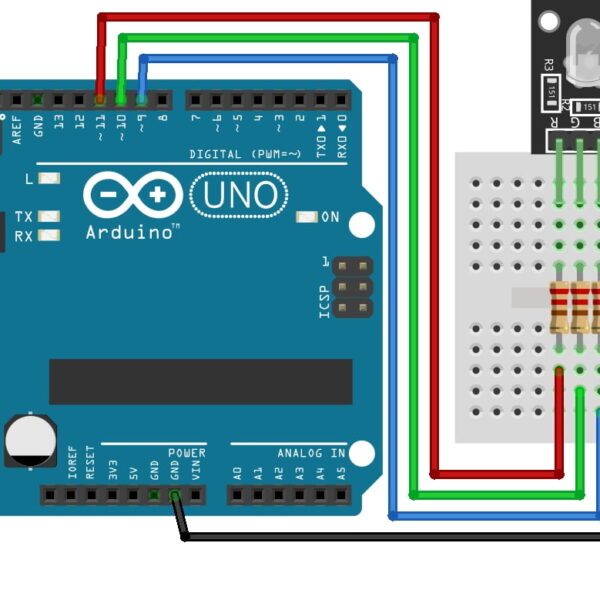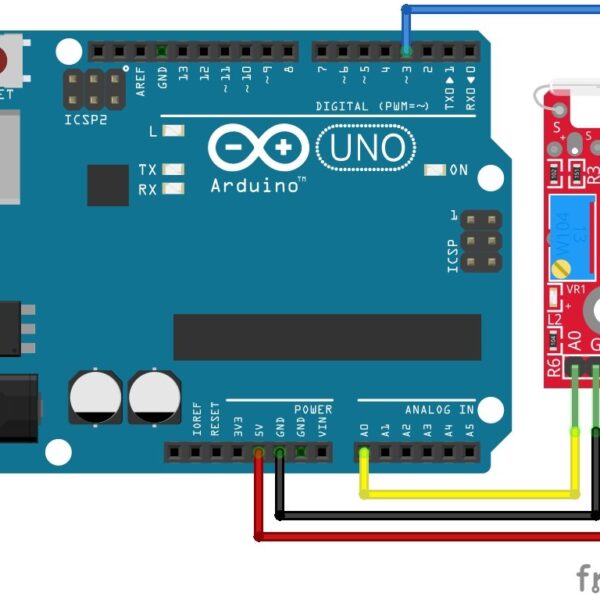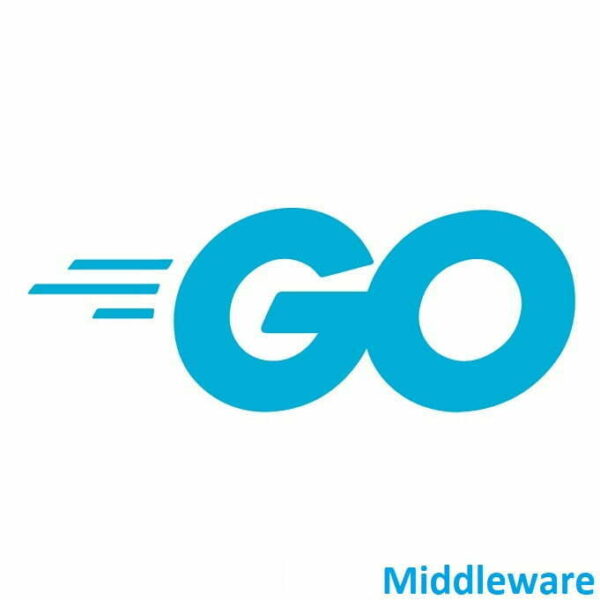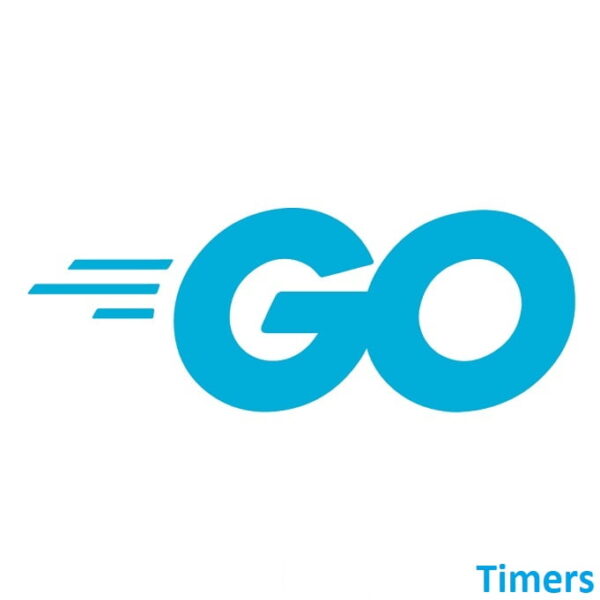Resistors: A Comprehensive Guide
Exploring Basic Components with Arduino! Welcome to Meganano's series of comprehensive guides on using basic components with Arduino! In this particular guide, we'll be focusing specifically on resistors, exploring their functions, types, applications, and best practices for integrating them into your Arduino projects.If you're new to Arduino, why not take a look at our Getting Started with Arduino guides. These guides are designed for beginners to learn the fundamental basics of Arduino programming.Introduction to ResistorsWhat are Resistors?A resistor is a passive…


















